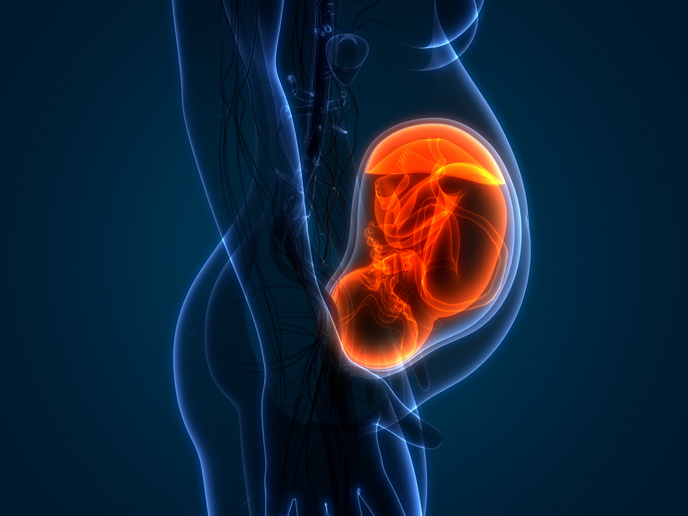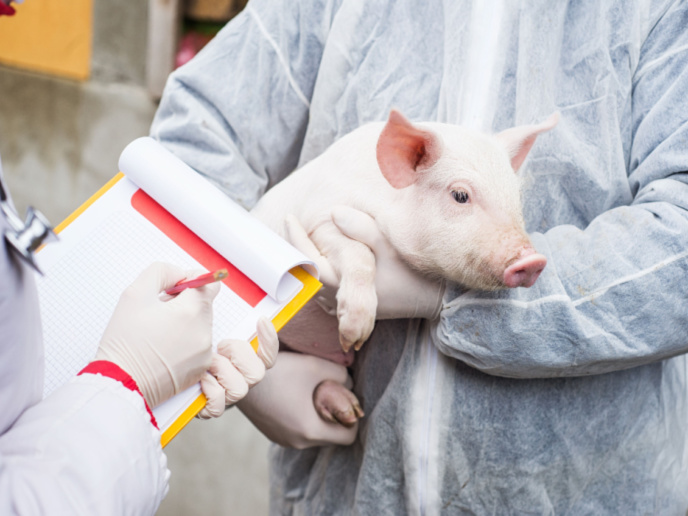How anti-TB drugs reach their target
Tuberculosis (TB) is the second leading cause of death after COVID-19 by an infectious disease worldwide. The complex condition requires treatment with a cocktail of four antibiotics for at least 6 months. While such treatments have high success rates, they possess multiple limitations, including a long recovery process and numerous side effects. Moreover, since most of the molecules have been used for the past 50 years, many circulating strains are now resistant against these compounds. “Shorter, less toxic and more efficient drug regimens are desperately needed,” says Pierre Santucci, Marie Skłodowska-Curie fellow and postdoctoral researcher. “To help achieve this goal, it is essential to better understand the modes of action of anti-TB drugs and provide molecular information that might help establish new therapeutic interventions.” This was the objective of the SpaTime-AnTB project, undertaken with the support of the Marie Skłodowska-Curie Actions programme. The project aimed to understand how antibiotics reach and kill Mycobacterium tuberculosis, the airborne agent causing the disease, and what role specific intracellular environments play in this process.
Antibiotic modes of action
Together with his colleagues from the Francis Crick Institute, Santucci looked at specific features such as the intracellular pH within infected innate immune cells. The researchers examined how this feature might impact antibiotic penetration, accumulation and efficacy. “Our research focused on the frontline antibiotic Pyrazinamide (PZA) and revisited its mode of action using new technological modalities and chemo-genetic approaches,” explains Maximiliano Gutierrez, cell biologist at the Francis Crick Institute and SpaTime-AnTB project supervisor. The team discovered that PZA requires acidic subcellular environments to display an optimal efficacy against M. tuberculosis. “This was a very exciting and important finding as PZA constitutes one of the most valuable weapons we have against TB,” Gutierrez notes.
Hide-and-seek
The project also demonstrated that the intracellular lifestyle of the bacterium drastically impacts antibiotic accumulation and efficacy. “Some bacteria use host cells to play hide-and-seek with antibiotic molecules, and some intracellular niches provide better shelter than others. This observation shifts the basis of intracellular infection chemotherapy,” Gutierrez remarks. The discoveries were made possible by novel imaging techniques combining high-content fluorescence microscopy with a newly developed approach called correlative light, electron, and ion microscopy (CLEIM). These enabled the researchers to identify drug distribution and accumulation at a submicrometre resolution. They also developed a dual-imaging platform to visualise and track infected cells in a biosafety level-3 laboratory.
A joint effort to tackle tuberculosis
Santucci believes the approaches and concepts generated by the project could be applicable to multiple anti-TB drugs. “Together, these new insights might lead to new scientific theories that can be tested experimentally in order to develop new drug regimens and ultimately benefit patients.” Santucci and his colleagues intend to further explore PZA’s mode of action and those of other frontline anti-TB drugs in the future. The project’s findings might also be applicable to the treatment of other intracellular pathogens. The team therefore hopes to investigate how other bacterial pulmonary pathogens respond to antibiotic treatment in different subcellular niches. The researchers call for a joint effort by policymakers, academics and pharmaceutical companies to develop new tools for diagnosing, preventing and treating TB. “The COVID-19 pandemic has demonstrated that massive funding and support for R&D pipelines can lead to scientific discoveries that change patients’ lives,” Santucci remarks. “TB research has been largely underfunded and urgently needs such strong involvement to eradicate this disease in the decades to come.”
Keywords
SpaTime_AnTB, tuberculosis, TB, anti-TB drugs, Mycobacterium tuberculosis, intracellular environments, Pyrazinamide, CLEIM







